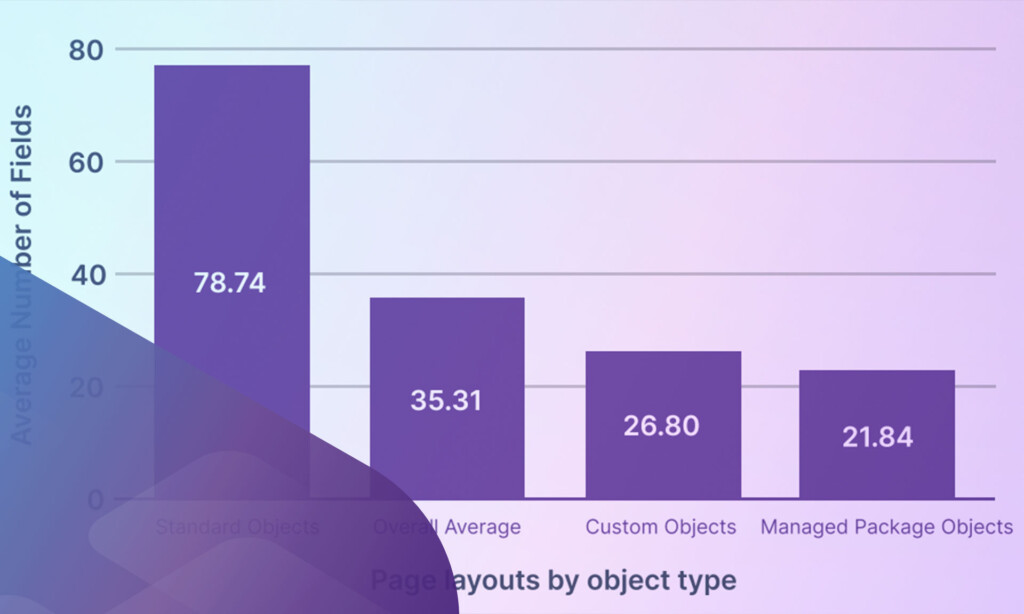
Forrester: Five ways to cut the risk of Salesforce
Written by Ian Gotts
Back in May 2017, 3 Forrester analysts, John R Rymer, Liz Herbert and Kate Leggett authored the research paper, Five ways to cut the risk of Salesforce. In that report they identified something they called “Salesforce@scale dilemma”. The issues they identified are just as bad, if not worse today.
First, let’s allow John Rymer to explain the Salesforce@scale dilemma
“Typically, clients are impressed by Salesforce’s CRM applications, which are more modern and user-pleasing than older applications. And they love Force.com’s high productivity for developers to configure the CRM applications as well as create new applications from scratch.
Initial success breeds demands for more and more. As additional departments ask for Salesforce subscriptions, business leaders want to expand initial wins with Salesforce CRM into customer and/or partner engagement, marketing automation and analytics. New custom applications and customisations mushroom.
In addition, the complexity of scale crushes Salesforce’s responsiveness. As Salesforce use grows, innovation slows and flexibility evaporates. Why? Every app change risks breaking one of hundreds of data and process customizations, integration links, and third-party add-ons. The result: every change requires long and expensive impact-analysis and regression testing projects – killing the responsiveness that made Salesforce attractive at the start.
The Salesforce@scale dilemma is a challenge for clients to overcome, rather than an inevitable outcome of large-scale, strategic Salesforce implementations. It is a big issue because Salesforce has become a much more strategic supplier in technology strategies to win, serve and retain customers.”
An example cited in the research was a large US public sector agency. One department was using Salesforce’s core platform when a cloud-first directive changed everything for the worse. The directive was: move as many applications as possible to the cloud. “The perception was that it almost didn’t matter what we did – if we put apps on cloud and Salesforce, we’d be successful,” recalls the agency’s Salesforce centre of excellence (CoE) leader. The result was they quickly added about 12,000 Salesforce seats in 7 separate Orgs with heavy customizations and many custom apps. As this expansion progressed, innovation on the agency’s core Salesforce apps slowed to a crawl, and operating costs rose. Updates and changes to enterprise processes and existing apps were now sluggish, although the agency still could quickly stand up isolated new applications “When you start adding custom code [to Salesforce], you need developers to make changes,” says the agency’s CoE leader. “And Salesforce becomes way more expensive to maintain.” Fortunately they got back on track by establishing a CoE with strong governance policies.
Unfortunately, this situation is not a one-off.
A practice leader at a Salesforce SI said: “Consider Salesforce as a platform, not an app. When Salesforce came in five to six years ago, it sold CRM and cost savings. Now Salesforce is something you’ll run a whole lot of applications on.” This has enabled customers to exploit the platform, but also build highly complex applications.
Salesforce and many of its customers face a transition. More than 2,000 Salesforce customers spend upward of $1m annually. Many of these large, complex deployments grew organically, without strong architecture and planning – so with early implementation decisions may not translate well to an enterprise customer360 approach.
Sadly, business decision-makers still see the Salesforce as a provider of flexible, easy, quick SaaS applications. They do not understand why they need the architecture and governance practices required to adopt Salesforce’s services as a platform.
The report highlighted 5 best practices that should be adopted
- Determine Salesforce’s best fit.
- Architect your platform, not just your solutions.
- Don’t go vanilla, but use Salesforce’s platforms wisely.
- Acquire or develop in-house expertise.
- Establish a change management programme (COE).
A food and beverage firm that adopted Salesforce for all its customer operations avoided the Salesforce@scale dilemma with planning and governance for adopting a platform as opposed to a CRM application and associated tools. The firm set up a CoE and defined a common data model (including built-in and Custom Objects), a master data service, and a process rollout across the world. “One platform for all data and application building blocks means you need to be aligned on how you use those assets,” says a leader of the firm’s Salesforce CoE. “[The assets] have to fit together, and everyone needs an understanding of what is possible and what should be done.”
Center of Excellence
Want to understand more about Center of Excellence with link to useful resources? Read this blog Why every Org needs a COE
Photo by Michał Parzuchowski on Unsplash
Sign up for
our newsletter
Subscribe to our newsletter to stay up-to-date with cutting-edge industry insights and timely product updates.







